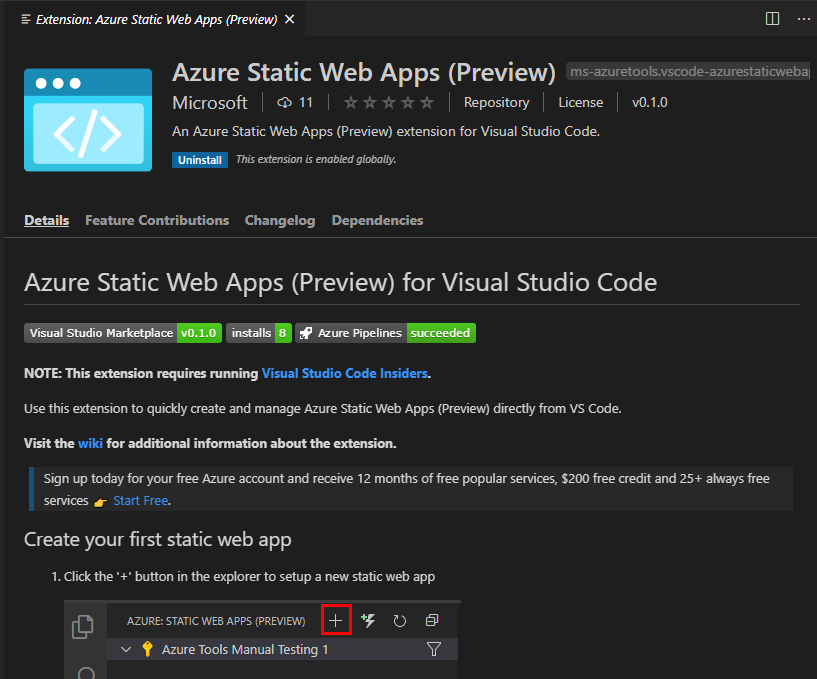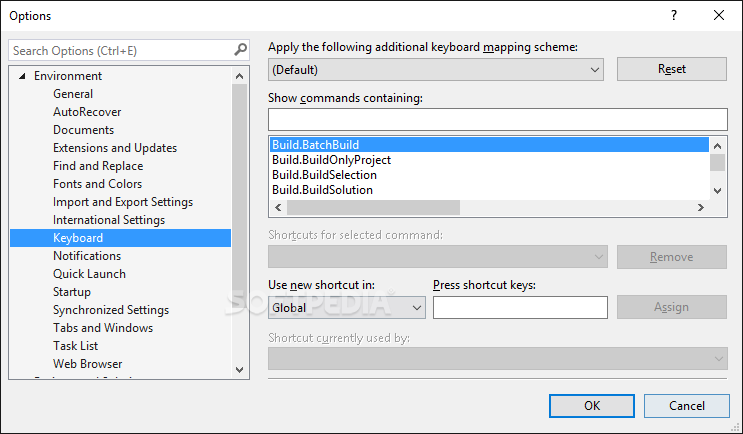

However, those changes are not backward compatible and our extension can’t be installed on an older version of VisualStudio anymore (adjusting InstallationTarget.Version won’t help). Ok, that’s all - it doesn’t seem to be a lot of work as I said before. Runtime build native contentfiles analyzers buildtransitiveĪdditionally, you need to change the dotnet framework version to v4.7.2, if you still have an older version: The next thing that needs to be done is upgrading SDK NuGet package to a version appropriate for VS2022: Ĭompile build native contentfiles analyzers buildtransitive

First of all, you need to adjust vsixmanifest by adding the new attribute ProductArchitecture to InstallationTarget configuration: What needs to be changed 🔗︎īasically, two things need to be changed to migrate your extension to VS2022. I wanted to postpone the migration a little bit more but I got an email from one of my paid customers, that the need for constant switching between VS2022 and V2019 to use my MappingGenerator extension is killing his productivity - and I couldn’t allow for that to happen. After quick scanning of migration guideline it turned out that changing InstallationTarget was not enough and more work was required to support VS2022.

Recently, the Visual Studio 2022 Preview was published. The migration was straightforward: it required only to extend InstallationTarget range to [15.0,17.0) in vsixmanifest, re-compile, and of course, re-publish the extension to the Visual Studio marketplace. It was initially created for Visual Studio 2017, but a few months later Visual Studio 2019 came out and I needed to support it as I was one of the beneficent.

I published my first VisualStudio extension on 26th February 2018.


 0 kommentar(er)
0 kommentar(er)
